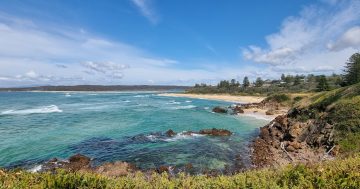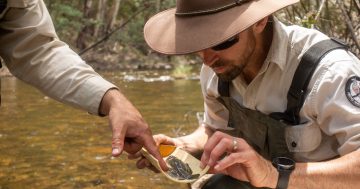With all the rain and the 100% capacity in the storages across the region, and the Cotter still going to be expanded, does anyone know if the planned pipeline from the River to the Dam is still going ahead. I hope that common sense gets a run and the dam remains free of external water supplies.
I hope the money needed to fix the little Weston Creek issue comes out of the pipeline project.




















